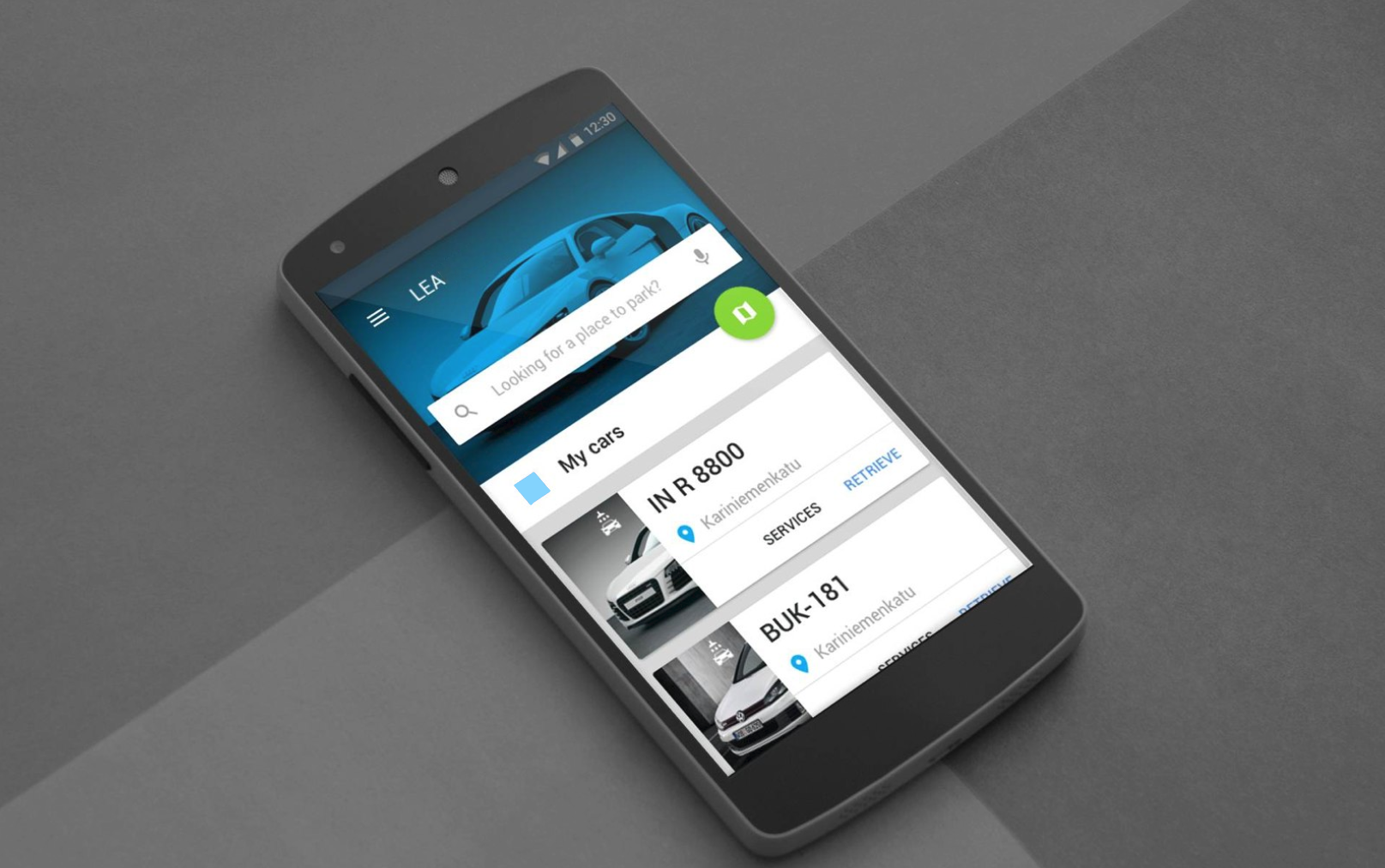End users do not interact with specifications and wireframes. Rapid, testable prototypes and early end-user validation enable the teams to focus on the end result. This minimises the need for internal specifications during the projects.
During the design phases, the focus is not on deliverables like in traditional UX design; rather, the focus is on obtaining feedback as early as possible, which enables quick decisions and validation of utility + usability.
Growth hacking
With Lean UX, you can develop a product in record time and launch it early. For continuous improvement, analytics must be integrated as tightly as possible. This enables A/B and multivariant tests that probe what makes the users happy.
This is not just for consumers. To ensure your enterprise software maximises utility and usability, you should iterate to guarantee the solution has great value for the user.
Lean UX
Let's prototype everything with code.
| Early customer validation | over releasing products with unknown end-user value |
| Collaborative design | over designing on an island |
| Solving user problems | over designing the next cool thing |
| Applying only the appropriate tools | over following a rigid plan |
| Nimble design & immediate prototyping | over heavy wireframes and specifications |






